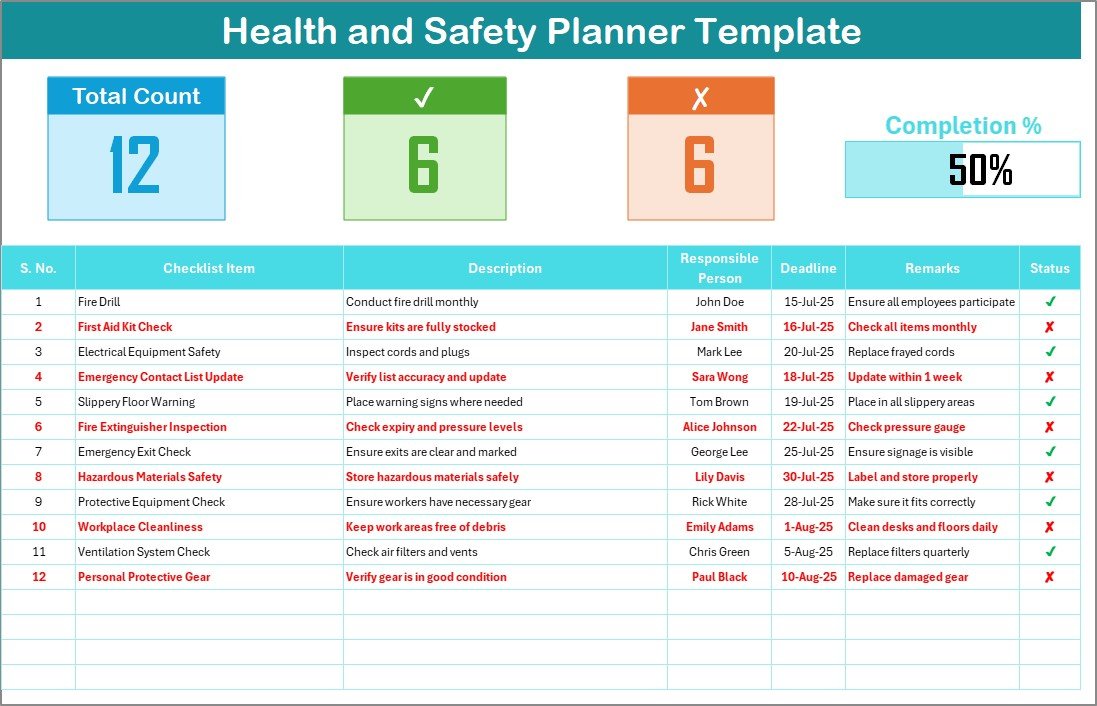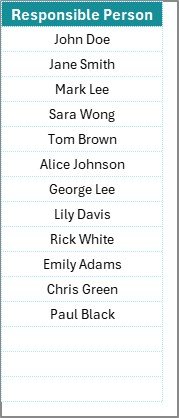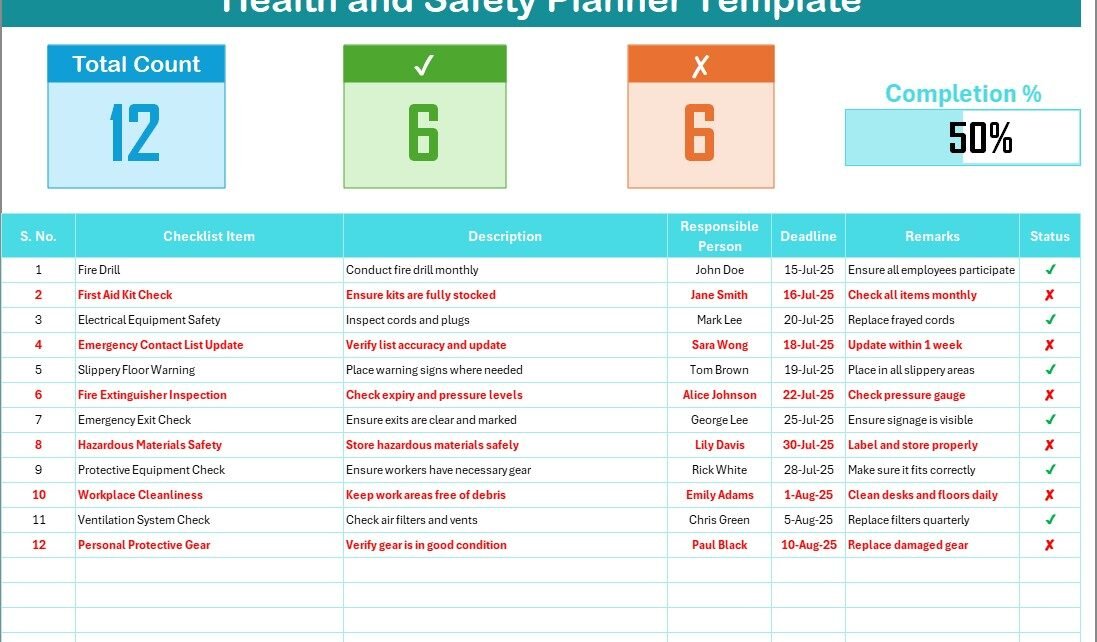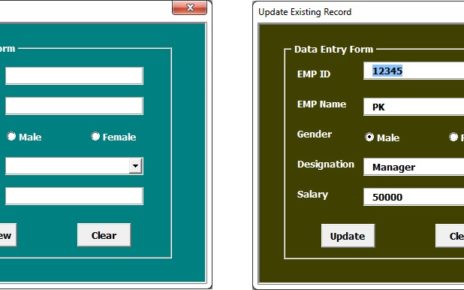In today’s workplace, ensuring health and safety is of paramount importance. A well-organized health and safety planner checklist can significantly reduce risks, ensure compliance, and promote a safer environment for everyone. In this article, we will explore how to use the Health and Safety Planner Checklist in Excel, its key features, and the best practices to implement it effectively in your workplace.
What is a Health and Safety Planner Checklist?
A Health and Safety Planner Checklist is a systematic way to track, monitor, and manage the health and safety activities within an organization. It ensures that all necessary safety tasks and measures are followed and provides a clear, organized method for reporting any issues or concerns. By using Excel, you can easily maintain, update, and track your checklist.
Click to Purchases Health and Safety Planner Checklist in Excel
The Importance of a Health and Safety Planner
A health and safety planner ensures that:
-
All potential hazards are identified and managed.
-
The organization complies with local safety regulations.
-
Health and safety activities are regularly monitored and updated.
-
Employees are well-informed about safety protocols.
Key Features of the Health and Safety Planner Checklist Template
The Health and Safety Planner Checklist in Excel template is a ready-to-use tool that simplifies the process of managing workplace safety. Below are its key features:
Health and Safety Planner Checklist Sheet

This is the main tab of the template where you will capture all the essential information. It is designed for easy tracking and monitoring.
Top Section Overview:
The top section includes essential details such as:
-
Total Count: This shows the total number of items in the checklist.
-
Checked Count: This shows how many tasks have been completed or marked as done.
-
Crossed Count: This indicates how many tasks have been crossed off or marked as irrelevant.
-
Progress Bar for Checked %: A visual representation of the progress of the tasks completed.
Checklist Table:
The main part of this tab consists of a detailed table where you can manage and update your health and safety tasks. The table includes the following columns:
-
Serial No.: A unique identifier for each item on the checklist.
-
Checklist Item: The task or action that needs to be performed.
-
Description: A brief explanation of the task.
-
Responsible Person: The individual assigned to the task.
-
Deadline: The due date by which the task must be completed.
-
Remarks: Additional comments or instructions.
-
Status: Indicates whether the task is completed (✔) or not (✘).
This simple yet effective table allows you to track each task’s progress and identify any areas that require attention.
List Sheet Tab

The List Sheet Tab is where you store the names of all the responsible persons involved in the health and safety tasks. This list is used to create a drop-down list in the main checklist tab, making it easier to assign tasks. This helps in maintaining consistency and ensuring that each person is accountable for their responsibilities.
Advantages of Using a Health and Safety Planner Checklist in Excel
There are numerous benefits to using this template for your health and safety planning:
1. Easy to Use and Accessible
Excel is a widely accessible tool that most businesses already use. This makes the Health and Safety Planner Checklist template easy to implement without requiring additional software or training.
2. Customizable
The template is fully customizable, allowing you to adapt it to your organization’s unique needs. You can add or remove columns, change the format, and modify the checklist items as needed.
3. Streamlined Task Management
With a clear structure, the template helps you keep track of all health and safety tasks in one place. It allows you to easily see which tasks are completed, which are pending, and who is responsible for each task.
4. Enhanced Accountability
Assigning responsibilities ensures that each employee knows what they need to do. The drop-down list of responsible persons further streamlines this process.
5. Improved Safety and Compliance
By regularly updating and maintaining the checklist, you ensure that safety measures are followed, and you remain compliant with regulations. This helps in creating a safer workplace and can potentially reduce the number of workplace accidents.
Best Practices for Implementing a Health and Safety Planner Checklist
To get the most out of your Health and Safety Planner Checklist, follow these best practices:
1. Regularly Update the Checklist
It’s essential to update the checklist regularly to reflect any new tasks, deadlines, or responsible persons. Regular updates also ensure that tasks are not overlooked.
2. Review Progress Frequently
Track the progress of each task using the Progress Bar for Checked %. This helps identify which areas require attention and ensures that tasks are completed on time.
3. Assign Clear Responsibilities
Ensure that each task is assigned to a specific individual. Having a clear owner for each task improves accountability and ensures that no task is neglected.
4. Set Realistic Deadlines
While deadlines are important, make sure they are achievable. Assign reasonable timelines based on the complexity of each task and the workload of the responsible person.
5. Use the Remarks Section Effectively
The Remarks column is an excellent tool for adding additional instructions or comments. Use this section to clarify complex tasks, offer guidance, or note any potential hazards associated with the task.
6. Ensure All Employees Are Trained
Ensure that all employees know how to use the checklist and understand their responsibilities. Training employees on health and safety protocols is just as important as tracking the tasks.
Frequently Asked Questions (FAQs)
1. Why should I use an Excel template for the Health and Safety Planner Checklist?
Using Excel ensures ease of access, customization, and cost-effectiveness. It also allows for seamless integration with existing workflows.
2. Can I add more columns or sections to the checklist?
Yes, the template is customizable. You can add or remove columns based on your specific requirements.
3. How do I ensure that the checklist remains up to date?
Regularly review and update the checklist to reflect new tasks, changes in responsibilities, and deadlines.
4. Is the Health and Safety Planner Checklist suitable for small businesses?
Absolutely! The template is flexible and can be scaled for both small and large organizations.
5. What should I do if a task is not completed on time?
Use the Remarks section to note any delays and adjust the deadlines as necessary. This ensures that all tasks are properly tracked and no safety issues are overlooked.
Conclusion
The Health and Safety Planner Checklist in Excel is a powerful tool that streamlines the management of health and safety tasks in your organization. By using this template, you ensure that all safety protocols are followed, responsibilities are clearly defined, and tasks are completed on time. Regular updates, clear task assignments, and proper tracking are essential for making this tool as effective as possible. With this simple yet efficient system, you can promote a safer and more compliant work environment for your employees.
Visit our YouTube channel to learn step-by-step video tutorials



